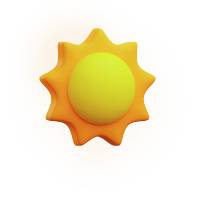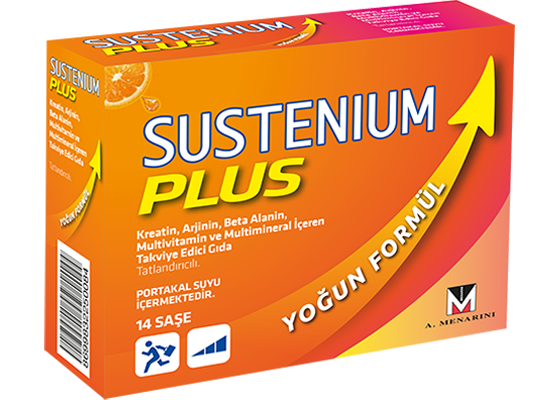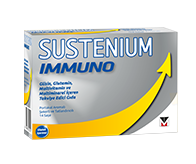

Avrupa bölgesindeki çoğu çocuğun yeterli meyve ve sebze tüketmediği ve bu durumun mikrobesin yetmezliğine yol açtığı bilinmektedir. İşte bazı ipuçları;
Sebze ve meyve tüketimi
Okul çağındaki çocuklar ve ergenlik dönemindekiler günlük 400g meyve ve sebze tüketimi hedefinin çok uzağında, yetersiz beslenmektedirler. Şaşırtıcı şekilde çocuklar sebzeden çok meyve yemeyi tercih etmekte. Araştırmacılar, bunun sebebini meyvenin daha tüketime hazır şekilde bulunmasından dolayı ve daha tatlı olmasından dolayı gerçekleştiğini düşünmekte.
- Lynch, C., et al., Fruit and vegetable consumption in a sample of 11-year-old children in ten European countries–the PRO GREENS cross-sectional survey. Public Health Nutr, 2014. 17(11): p. 2436-44.
- Moreno, L.A., et al., Nutrition and lifestyle in european adolescents: the HELENA (Healthy Lifestyle in Europe by Nutrition in Adolescence) study. Adv Nutr, 2014. 5(5): p. 615S-623S.
- WHO, Diet, nutrition and the prevention of chronic diseases. Joint WHO/FAO Expert Consultation. WHO Technical Report Series no. 916. 2003: Geneva, Switzerland.
- Brug, J., et al., Taste preferences, liking and other factors related to fruit and vegetable intakes among schoolchildren: results from observational studies. Br J Nutr, 2008. 99 Suppl 1: p. S7-S14.
- Rasmussen, M., et al., Determinants of fruit and vegetable consumption among children and adolescents: a review of the literature. Part I: Quantitative studies. Int J Behav Nutr Phys Act, 2006. 3: p. 22.
- WHO. Increasing fruit and vegetable consumption to reduce the risk of noncommunicable diseases. February 11, 2019 [cited 2021 April 8].
- González-Gil, E.M., et al., Healthy eating determinants and dietary patterns in European adolescents: the HELENA study. Child and adolescent obesity, 2019. 2(1): p. 18-39.
- Mensink, G.B., et al., Mapping low intake of micronutrients across Europe. Br J Nutr, 2013. 110(4): p. 755-73.
- Kaganov, B., et al., Suboptimal Micronutrient Intake among Children in Europe. Nutrients, 2015. 7(5): p. 3524-35.
- WHO. Micronutrients. [cited 2021 April 8]; Available from: https://www.who.int/health-topics/micronutrients#tab=tab_1.
- EFSA, Dietary reference values for nutrients summary report. 2017. p. 98
- Macdiarmid, J.I., Seasonality and dietary requirements: will eating seasonal food contribute to health and environmental sustainability? Proc Nutr Soc, 2014. 73(3): p. 368-75.
- DeCosta, P., et al., Changing children’s eating behaviour – A review of experimental research. Appetite, 2017. 113: p. 327-357.
- How to get your child to eat more fruits & veggies. August 27, 2020 [cited 2021 April 8]; Available from: https://www.healthychildren.org/English/healthy-living/nutrition/Pages/How-to-Get-Your-Child-to-Eat-More-Fruits-and-Veggies.aspx.















